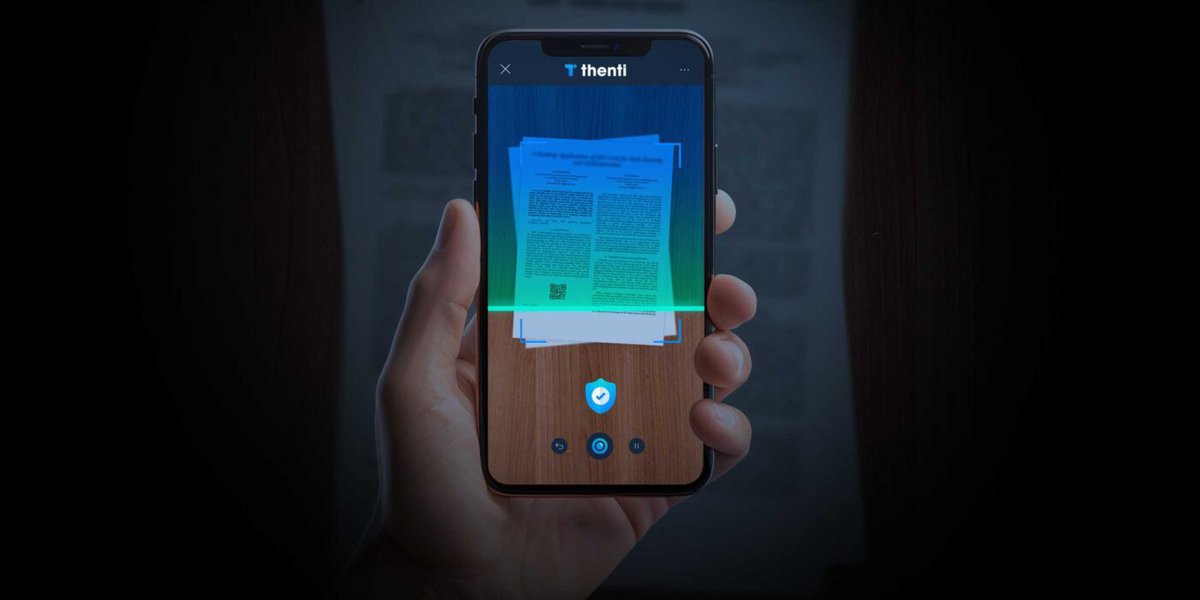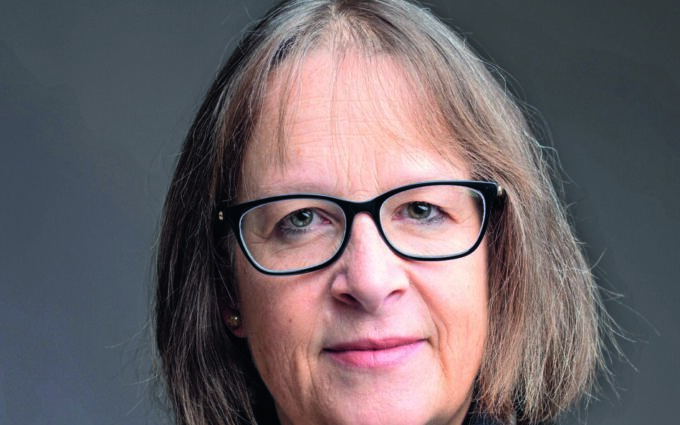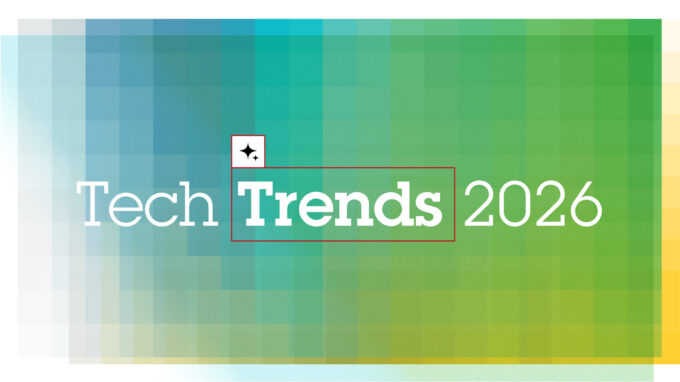New app exposes forged documents
Researchers at ETH Zurich have developed a smartphone app that can be used to verify the authenticity of documents or objects. In a pilot project, debt collection register extracts from the city of Zurich are being made forgery-proof.

Expensive watches, bank statements, diplomas or official documents: there are many things that can be forged and even more reasons to forge them. With a smartphone app, researchers from David Basin's Information Security Group are putting a spoke in the wheel of counterfeiters.
The principle is simple, the technology behind it complex. The organization that issues a document attaches a QR code to the document, stores the original in encrypted form on a server and sends a printed copy to the recipient. Anyone who now wants to check the printed document for authenticity opens the organization's verification app, scans the QR code and films the document until the app gives the "green light". This usually only takes a little over a second. The app compares the individual images of the film sequence with the original and marks any changes, even the smallest ones, on the screen in real time. For data protection reasons, the filmed document is not saved on the smartphone.
The challenge for the researchers was to ensure that only relevant differences are displayed and not coffee stains, creases or worn areas on the paper. The app also works when someone films a scanned version of the document directly on the computer screen.
Digital authentication for the real world
Despite all the promises made in the past, technological progress has not led to a paperless office. "The digital and physical worlds complement each other," says Martín Ochoa, first author of the underlying research article. "The authentication of digital documents is very sophisticated today. It was therefore only logical for us to extend the principles of digital authentication to the physical world."
To help the technology achieve a breakthrough, he founded the ETH spin-off thenti together with David Basin. "Paper is the link between the digital and the real world," adds Basin. "There are more and more QR codes and augmented reality applications that merge the two areas." It is therefore important to develop authentication technologies that do justice to both areas. The need is certainly there. According to reports from the British broadcaster BBC, a so-called "title mill" sold over 200,000 false pseudo-academic certificates for around 50 million dollars in 2015 alone.
Pilot project in Zurich to protect debt collection register extracts
The city of Zurich is also familiar with this problem. Anyone who wants to rent an apartment or lease a car in Switzerland, for example, is usually asked for an extract from the debt enforcement register. This provides information on whether debt enforcement proceedings have been initiated against the person in the past five years. Anyone with an entry in the register can expect to suffer significant disadvantages, which is why falsifying documents is a common practice. The debt collection offices in the city of Zurich alone therefore receive several inquiries every day as to whether a piece of information submitted has been falsified, which is estimated to be the case one to two times a week. The number of unreported cases is probably much higher. This not only causes annoyance for landlords but also unnecessary work for the debt collection offices as well as inconvenience and high costs for the prosecution authorities and courts.
"When we heard about the technology, we knew immediately that it would be of interest to the city," says Alejandra Itel, Project Manager Organization and IT City of Zurich, "on the one hand because it can solve a costly problem for us, and on the other because we can use it to help strengthen trust and security." The debt collection offices immediately registered their need and will be using the solution from March 2024. If the pilot is a success, other areas of application in the city could follow. It can be assumed that other debt collection offices throughout Switzerland will soon be using the new technology.
Three-dimensional objects can also be checked
The research on which the app is based is funded by the Werner Siemens Stiftung's Center for Digital Trust. The City of Zurich is implementing the pilot project and using its experience to support the final development of the solution. thenti's business model envisages that the app can be used free of charge for some checks, after which a subscription must be purchased. "We naturally hope that the example of the city of Zurich will attract other interested parties," says Martín Ochoa. At the same time, the team is working on other possible applications.
The app should soon not only be able to recognize differences on two-dimensional documents, but also in three dimensions. This would allow manufacturers of luxury watches, for example, to register their products in the system, enabling customers to compare their watch with the registered examples and thus rule out counterfeiting. "Even products of the highest precision and quality have small peculiarities that our system can recognize," promises David Basin.
Source: ETH Zurich









